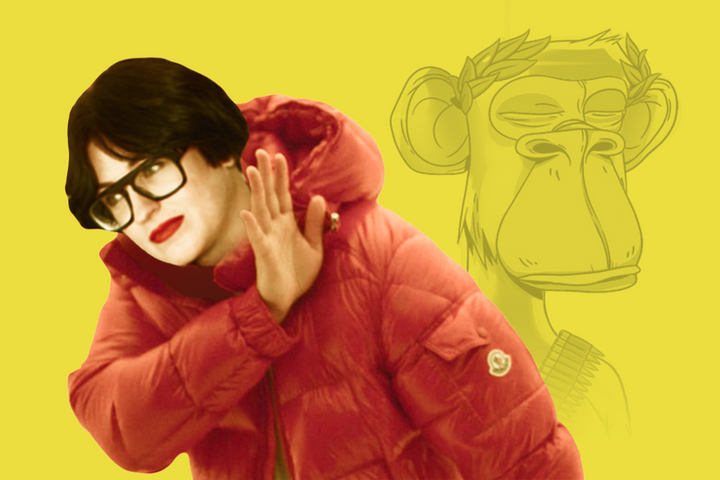Celebrity Drops Motivated by FOMO Don’t Guarantee Web3 Spirit, Far From it

NFT, as a product claiming primarily symbolic and cultural capital, entered its active phase after the "big bang" that was the sale of Beeple's work by Christie's in 2021. The colossal sale stirred not only the auction houses, which sensing a new customer quickly established new crypto-value-oriented departments, but also all sorts of organizations and personalities, who suddenly realized that the big game could pass them by.
Fashion brands swiftly appeared in the Web3 segment, such as Gucci, Burberry, or Dolce & Gabbana. Their appearance can be considered completely justified however, because for fashion–a segment that claims not so much to be present in modernity, but that wants to take the role of creator and generator of relevance–delays can be costly. But even in this segment of retail, embracing Web3 happened with curiosities comparable to those of the offline world. Case in point, the NFT collection of MetaBirkins by digital artist Mason Rothschild, inspired by Hermes’s Birkin bags but non-authorized by the luxury brand, which caused great resonance. It did so despite the ensuing trademark lawsuit, while the artist’s digital handicrafts skyrocketed to the price of the real thing, bringing Rothschild fame and a solid amount of pirate royalties.
Still, these icky and scandalous situations are not limited to fashion. World-renowned creators have also fallen under sanctions. Namely, Quentin Tarantino, who released the sale of several NFT-based scenes from his cult film "Pulp Fiction," the rights of which belong in part to the studio Miramax. Having said that, both parties are now considering pursuing the NFT adventure collaboratively, after settling the subsequent lawsuit filed by the studio.
These situations have launched a heated debate about copyright within the Web3 decentralized market. But what's really interesting to understand is not why brands or brand-people started to get actively involved in NFTs, but why the crypto community actively embraced these non-ideally articulated products.
Obviously, until 2017, the cryptoworld was a relatively local phenomenon–an area of work for people curious and passionate about cryptography, driven by ideas of anonymity, pseudonymity, alternative theories about money, and so on. But then, in the last five years, the industry has made a meteoric leap that has unleashed a remarkable surplus of capital. At the same time, communities were formed, and the people forming them needed their values expressed not only through ideology but also through cultural artifacts.
Via a series of accidents and non-accidents, NFT technology solved a long overdue issue that enabled the decentralized community to create and distribute assets with cultural value fairly quickly.
But what happened next might be called the cultural problem of the new markets. It boils down to the following incomplete equation: there is a demand, there are means, there is a product, but there is no tradition of value production and culture of consumption.
Such market paradoxes were encountered, for example, in many post-Soviet countries in the 1990s, when the rapidly enriched class of wealthy people could not imagine how to invest in culture–there were almost no contemporary local artists because there wasn't enough time for them to appear. The cryptoworld case is nearly identical–demand exceeds supply, or to be more precise, supply does not have time to professionalize as quickly as demand expects it to. Artists, designers, musicians, and other creators of cultural products fail, for various reasons, to react quickly and qualitatively to what the new market and NFT technology offers them, so the cultural and art segment of the blockchain has not yet fully formed.
And precisely because the cryptocommunity still has so few established art brands of its own (with the exception of Beeple, CryptoPunks, and Refik Anadol) any creator whether they are a musician or a movie actor can easily come in and present any kind of product. That is, more often than not, they throw in a product backed by a certain image, reputation, and biography, but that is completely irrelevant to Web3 culture and ideas. As a result, the crypto community in the current environment works with what it has, i.e. kitschy Johnny Depp knockoffs, not-so-needed pieces of Pulp Fiction, tasteless portraits and florals by Melania Trump, and other snippets of celebrity life and activity that flirt with the new fashion segment of the digital world and make a few coins along the way.


